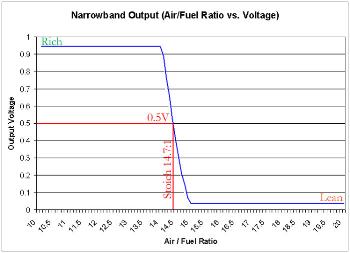This is on the 89 Iroc TPI 350
We changed pulleys this weekend to up the boost. we were running at 6-7psi and now we are running at 9-10psi.
Once we got everything fixed up we went for a test drive. It sure pulls hard but in third on the hard pull the car starts lurching Like the computer is shutting off fuel, like fuel cut.
The A/F gauge is showing rich all the way till it lurches then shows lean for that splt second that it lurches and goes back to rich. it keeps doing this too. The car has an 8:1 FMU.
FP is running about 40 at cruse then when you put it to the floor it goes up to about 70-80psi then in third gear the bucking happens and pressure jumps to 90-95psi when the buck/lurch happens. We also watched the Boost gauge....Second gear 9 to 9-1/2psi then thrid gear about 6-7psi the bucking starts.
We unplugged the FMU and tried it. Got very bad detonation under boost so it didnt work out without it.
We changed pulleys this weekend to up the boost. we were running at 6-7psi and now we are running at 9-10psi.
Once we got everything fixed up we went for a test drive. It sure pulls hard but in third on the hard pull the car starts lurching Like the computer is shutting off fuel, like fuel cut.
The A/F gauge is showing rich all the way till it lurches then shows lean for that splt second that it lurches and goes back to rich. it keeps doing this too. The car has an 8:1 FMU.
FP is running about 40 at cruse then when you put it to the floor it goes up to about 70-80psi then in third gear the bucking happens and pressure jumps to 90-95psi when the buck/lurch happens. We also watched the Boost gauge....Second gear 9 to 9-1/2psi then thrid gear about 6-7psi the bucking starts.
We unplugged the FMU and tried it. Got very bad detonation under boost so it didnt work out without it.


